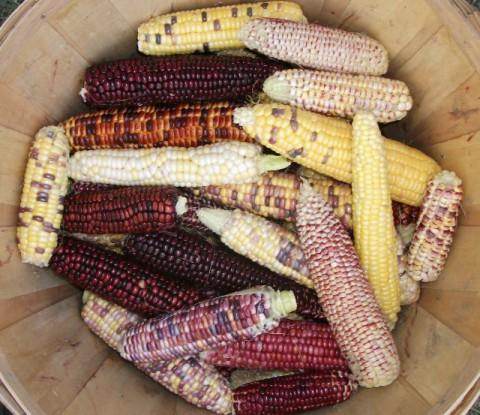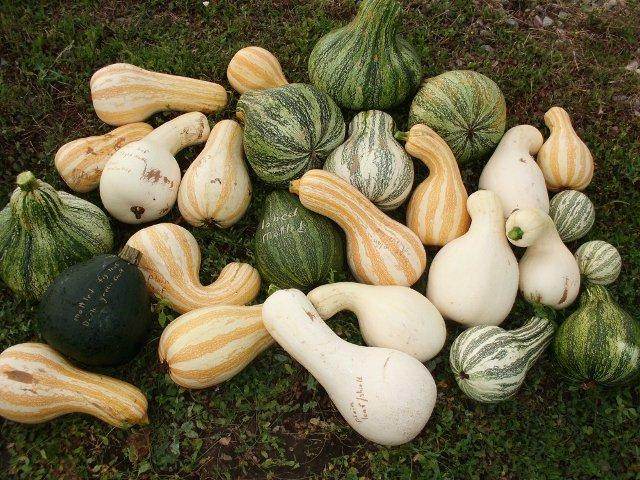


Diego Footer on Permaculture Based Homesteads - from the Eat Your Dirt Summit
will be released to subscribers in:
soon!







 5
5





 3
3




"Never doubt that a small group of thoughtful, committed citizens can change the world; indeed, it's the only thing that ever has."-Margaret Mead "The only thing worse than being blind, is having sight but no vision."-Helen Keller














amaranth porridge is delicious!I'd like to grow amaranth, but am unsure of what I'd do with it in large quantities to make it a true staple. I've only ever used it whole as a minor addition to crackers, ground as a minor addition to bread, and popped as a moderate addition to granola.
"Never doubt that a small group of thoughtful, committed citizens can change the world; indeed, it's the only thing that ever has."-Margaret Mead "The only thing worse than being blind, is having sight but no vision."-Helen Keller
 2
2




Iterations are fine, we don't have to be perfect
My 2nd Location:Florida HardinessZone:10 AHS:10 GDD:8500 Rainfall:2in/mth winter, 8in/mth summer, Soil:Sand pH8 Flat




Roberto pokachinni wrote:
Moderation, PAH! That's a cultural myth based on neo liberal politically correct nonsense.












Living in Anjou , France,
For the many not for the few
http://www.permies.com/t/80/31583/projects/Permie-Pennies-France#330873




 4
4




 1
1




 1
1




 6
6




 2
2




Benton Lewis wrote:One thing about staples is which variety do you plant of the staples. Corn, beans and squash are good. But which varieties of corn, beans and squash are the most "staplish"?
Idle dreamer
 1
1





 12
12




Benton Lewis wrote:One thing about staples is which variety do you plant of the staples. Corn, beans and squash are good. But which varieties of corn, beans and squash are the most "staplish"?









 2
2





Idle dreamer

 4
4




Tyler Ludens wrote:I love all the color variations in your crops, Joseph! Very inspiring!




"People may doubt what you say, but they will believe what you do."

 9
9




Todd Parr wrote:Joseph, what do I read to get started doing what you are doing? I don't have a clue. I really don't understand the landrace thing at all.




"People may doubt what you say, but they will believe what you do."




 4
4




www.alwaysgrowingdesign.weebly.com
"It is, of course, one of the miracles of science that the germs that used to be in our food have been replaced by poisons." - Wendell Berry





Idle dreamer
 2
2




www.alwaysgrowingdesign.weebly.com
"It is, of course, one of the miracles of science that the germs that used to be in our food have been replaced by poisons." - Wendell Berry
 1
1




Tyler Ludens wrote:Yes, but pigs are not what I would consider "crops"! This thread is about plant foods, specifically.









Laura Sweany wrote:I recognize the primary focus is plants, hence it's lodged in the "growies" category, but I believe fats play in integral role in caloric intake, especially when cooking grown foods. Let's recognize the cross-pollination, shall we?
Idle dreamer








Idle dreamer

 9
9






 3
3








Casie Becker wrote:n if it's reasonable to grow olive trees for the oil in the homestead?
 4
4






 9
9




Jan White wrote:things I was doing instinctively while thinking, "this isn't really the way I'm SUPPOSED to do it, but oh well," had good reason behind them. Other things I did because I thought it was the only way, I've now happily abandoned. So thank you very much




Idle dreamer





Joseph Lofthouse wrote:Here's what the moschata-zucchini look this evening...




Living in Anjou , France,
For the many not for the few
http://www.permies.com/t/80/31583/projects/Permie-Pennies-France#330873




"People may doubt what you say, but they will believe what you do."





| I agree. Here's the link: http://stoves2.com |





